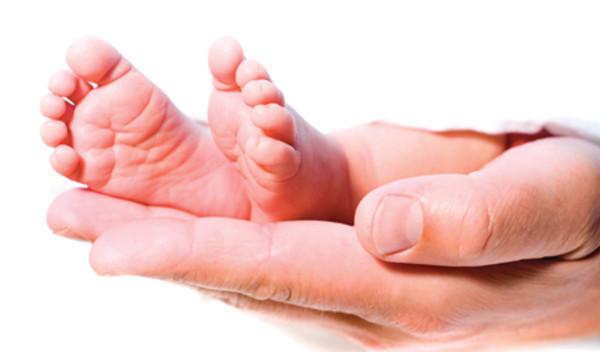Although the child has to wait until they are 18 years old to take funds out of their CTF, they can choose to take over control of the account from their parents or guardians once they are 16. This means they can take on its management and decide whether to keep the account with the current provider or move it to a different one.
One option is for the child to transfer their CTF to a Junior Isa (which is what parents of those under 16 have been able to do since April 2015) so that the account continues as an adult Isa after their 18th birthday.
However, knowing that funds can be withdrawn in two years’ time, it might be tricky to persuade a 16-year-old of the investment and tax benefits of this longer-term financial strategy.
Some of the larger CTFs will be in the tens of thousands of pounds and could make a huge difference to a young adult’s life by providing the means for a house deposit, money to start their own business or to be put towards higher education.
Key Points
- The Child Trust Fund was introduced in 2005 for children born between 2002 and 2011
- Despite their replacement by Junior Isas, annual payments can still be made into a CTF
- If a child cannot be responsible with the money at 16, they will only be able to access it at 18
However, as parents are unable to delay their 18-year-old’s entitlement, many will worry that their child will fritter away the fund at their first taste of freedom.
If the child is unlikely to have the mental capacity to manage their own finances as an adult, they will be unable to take control of their Child Trust Fund at 16 and fully access it at 18.
Parents and guardians can continue managing it, but only until the child’s 18th birthday.
They should consider making a deputyship application to the Court of Protection that will give them authority to take decisions over their child’s finances, whether they are tied up in the CTF or in other accounts.
Dormant funds
While some families will have regularly paid in to CTFs over the years and built up a significant pot, there is estimated to be more than 1m dormant accounts that were automatically opened following a child’s birth and that just hold the government’s initial contributions of between £250 and £1,000.
These forgotten accounts can now be tracked down by parents and guardians using HM Revenue and Customs’ online tool and then managed accordingly.
The best advice to parents and guardians of children with a CTF is to start talking to them about its existence, its value and the options before they reach 16 and certainly before they turn 18.
Guidance and appropriate professional advice can help to develop the child’s general financial awareness skills and help them to decide how best to use the specific funds in light of the amounts involved and the child’s personal circumstances. Whether or not the child accepts the advice and however they end up dealing with their CTF, the process gives parents and guardians the opportunity to observe and evaluate how their child manages.
This can be an extremely useful exercise and can help parents make more informed decisions about how they might pass their own wealth down to the child in the future. This may be by way of lifetime gifts to the child or, ultimately, leaving them an inheritance on death.












